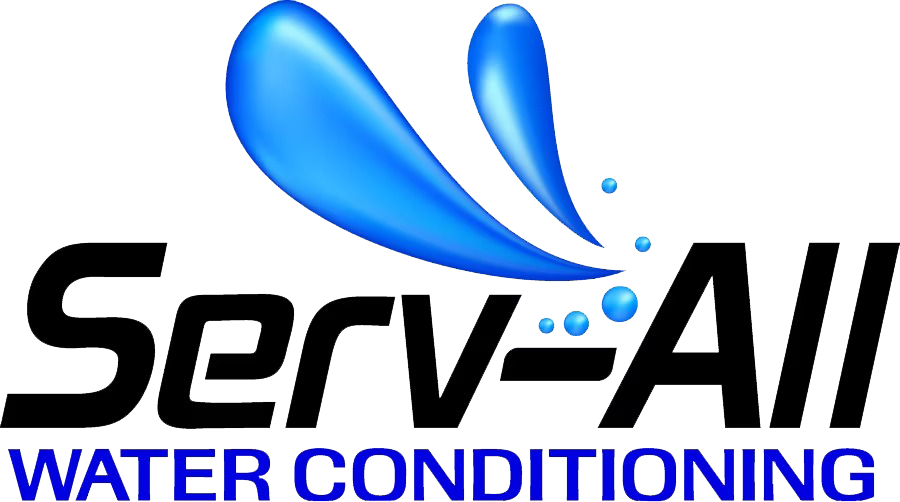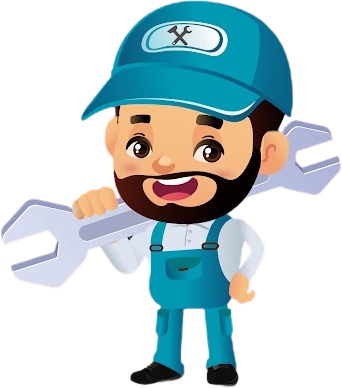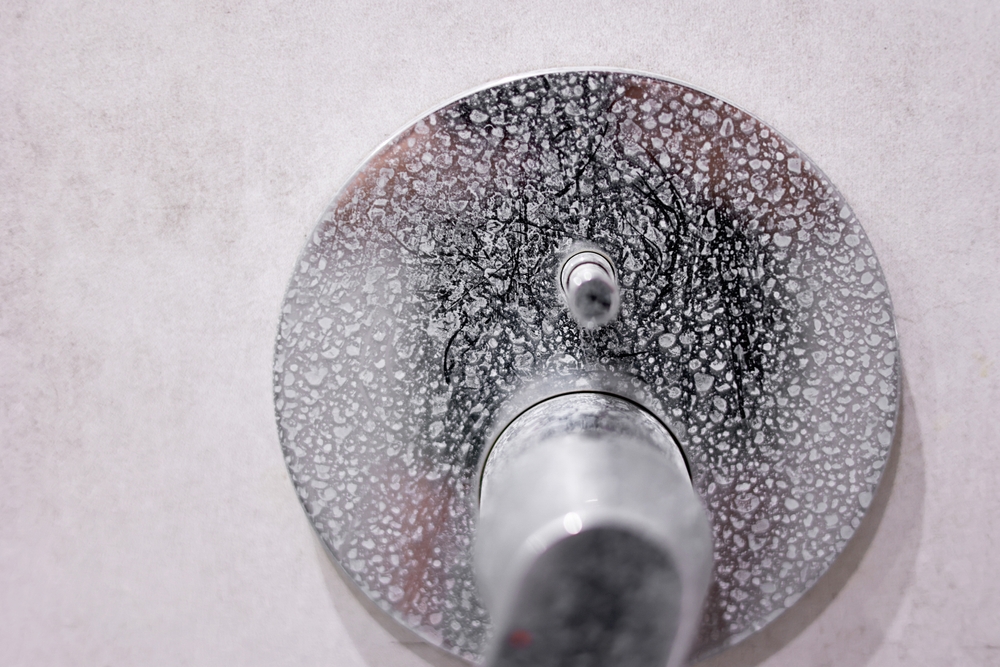You invested in a water softening system for a reason, whether that was because you were tired of dry, itchy skin, soap that wouldn’t lather, stiff, scratchy laundry, or the endless battle against soap scum and mineral deposits on your fixtures and dishes. For a while, everything was great. Your skin felt smoother, your clothes were softer, your dishes sparkled, and cleaning was a breeze. But lately, you’ve started to notice some of the old problems creeping back, and you’re wondering what’s up.
While these issues are certainly concerning, they don’t necessarily mean your water softener is broken or that you made a bad investment. More often than not, these are simply signs that your water softener needs maintenance.
Your Skin and Hair Feel Different
Soft water lacks the high concentration of minerals that can strip your skin and hair of their natural oils. This is why, after installing a water softener, many people notice that their skin feels smoother and less irritated, and their hair is softer, shinier, and more manageable.
So, if you start to notice that your skin feels dry, itchy, or tight after a shower or your hair is becoming dull, brittle, or difficult to style, pay attention. These are often the very first indicators that your water softener isn’t working as it should. The minerals that cause these issues are no longer being effectively removed from your water. Your system may simply need more salt in the brink tank, or it may require a more complex repair of the resin bed or regeneration cycle. In any of these cases, a professional water softener company can help!
Soap and Shampoo Don’t Lather Well
Remember the first time you used soap with soft water? You probably used way too much and were surprised by the mountain of suds it created. That’s because soft water allows soap to lather up easily. Hard water, on the other hand, contains mineral ions that react with soap to form a sticky, insoluble curd — what we commonly call soap scum. This scum inhibits lathering, meaning you have to use significantly more soap, shampoo, or detergent to get things clean. If you find yourself reaching for more and more shampoo to work up a good lather, or if your hand soap doesn’t seem to be foaming up like it used to, it’s a classic sign that your water softener needs maintenance.
The lack of lather is a direct result of the presence of calcium and magnesium ions. When your softener is functioning correctly, it removes these minerals through a process called ion exchange. When it’s not working at full capacity, you’ll likely notice you’re going through dish soap, laundry detergent, and other cleaning products much faster, which can start to add up in cost.
Spots on Your Dishes and Glassware
The battle against spots and streaks on your dishes, glasses, and silverware is a common reason people choose to install a water softener. These frustrating white spots are mineral deposits left behind as hard water evaporates. With a properly working water softener, your dishes should come out of the dishwasher sparkling clean and spot-free.
So, if you start to see that familiar cloudy film or those chalky spots making a comeback, it’s a clear signal that your water softener needs a check-up. Specifically, it means the mineral content in your water is high again. This could be due to several reasons: the system may have run out of salt, the resin beads may be fouled and unable to effectively capture minerals, or the control valve may be malfunctioning and not initiating the regeneration cycle correctly. Whatever the cause, a quick maintenance or simple water softener repair can get your dishes back to their sparkling condition.
Crusty Buildup Around Faucets and Showerheads
That chalky, white, or sometimes greenish crust that forms on your faucets, showerheads, and pipes is limescale, and it’s the calling card of hard water. While these mineral deposits are certainly unsightly, that’s not the only reason to be concerned about their reappearance. For example, limescale can clog showerhead nozzles, reduce water flow from faucets, and even build up inside your pipes, leading to reduced water pressure throughout your home.
When limescale is making a comeback, schedule water softener maintenance right away. Professional tune-ups and repairs will make sure the scale on your faucets (and in your pipes and water-using appliances) doesn’t lead to inefficiency and premature failure.
Your Laundry Feels Stiff and Looks Dingy
One of the benefits of a water softener is its effect on your laundry. Hard water minerals get trapped in the fibers of your clothes, making them feel stiff, scratchy, and rough against your skin. These minerals can also cause colors to fade and whites to look dull or yellowish over time. Soft water, by contrast, allows detergents to work more effectively and leaves fabrics soft, bright, and fresh.
Have you noticed that your towels are no longer soft and fluffy? Are your new clothes starting to feel stiff after just a few washes? Do your white sheets have a grayish or yellowish tinge? These are all tell-tale signs that your water softener is failing to do its job. The same minerals that make your skin feel dry are now embedding themselves in your laundry, so make sure you get your water softener serviced ASAP to prevent more costly issues.
You Notice a Change in Water Pressure
While a gradual decrease in water pressure can be caused by a number of plumbing issues, a sudden or noticeable drop can sometimes be linked to your water softener. For example, the resin bed inside your softener can become clogged with sediment, iron, or other contaminants from your water supply. If the system doesn’t backwash or regenerate properly, this clogged resin bed can create a significant obstruction, impeding the flow of water through the tank and leading to a drop in pressure throughout your entire house. In other cases, an internal part of the softener itself can break and create a blockage. Therefore, if you experience a sudden loss of water pressure and have ruled out other plumbing problems, it’s wise to have your water softener inspected.
Schedule Water Softener Maintenance With Serv-All Water Conditioning Today
At Serv-All Water Conditioning, we’ve been installing and servicing water softeners since 1978. That’s over four decades of hands-on experience with virtually every make and model on the market. This extensive history has given us the expertise to quickly and accurately diagnose any water softener problem you might be facing. Whether it’s a simple salt bridge, a fouled resin bed, a motor failure, or a complex programming issue, our skilled technicians have seen it all and know how to fix it correctly the first time.
In addition to repairs, we provide annual maintenance and on-time salt delivery services to keep your system operating at peak efficiency and to prevent many of the issues mentioned above from happening. And if it’s time for an upgrade, we can help with the water softener replacement as well!
Don’t get discouraged by hard water problems returning to your home. Simply call Serv-All Water Conditioning in Las Vegas, NV, for expert service. Contact us today to get started.


